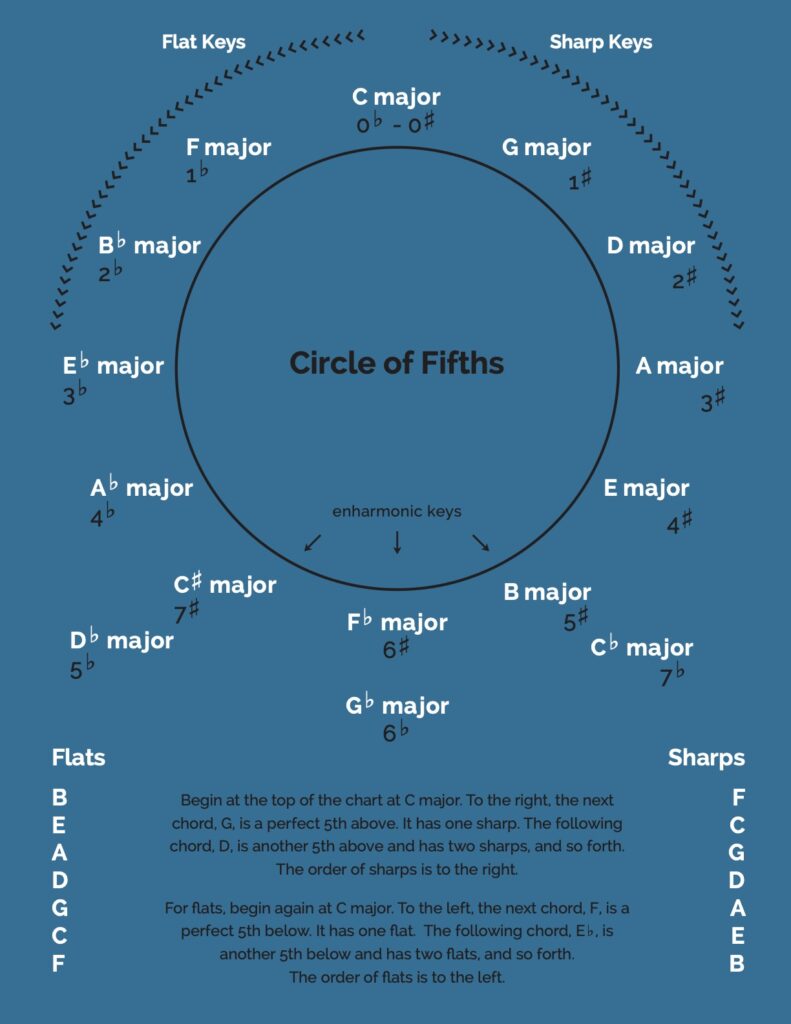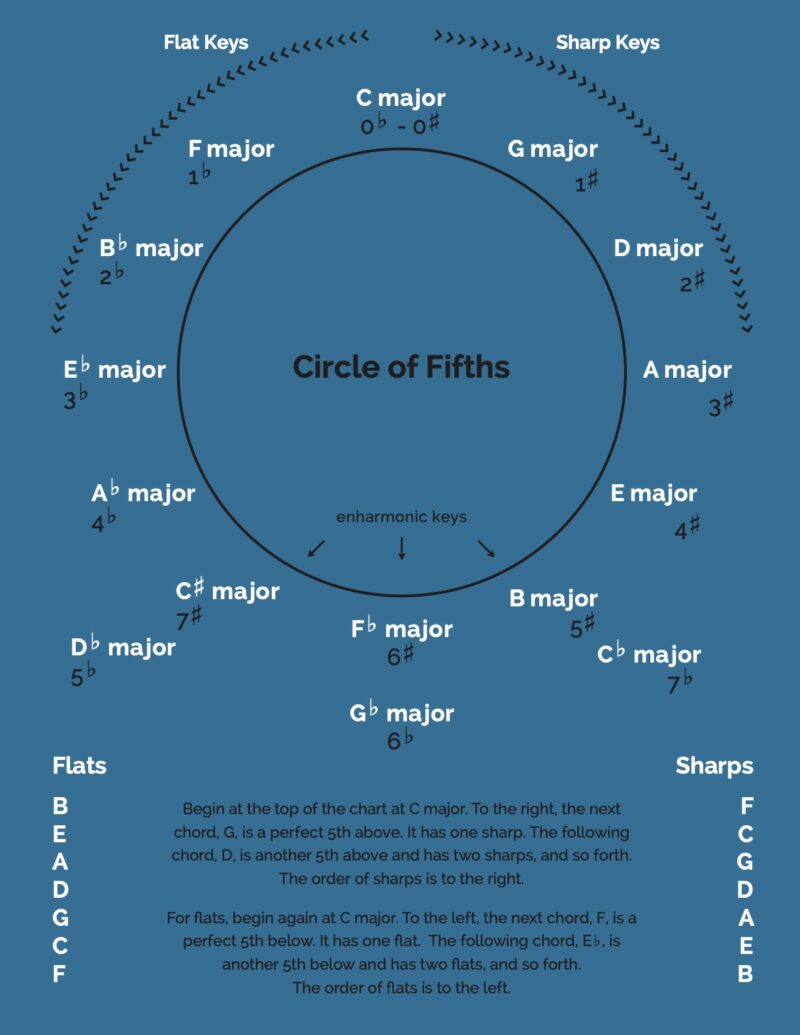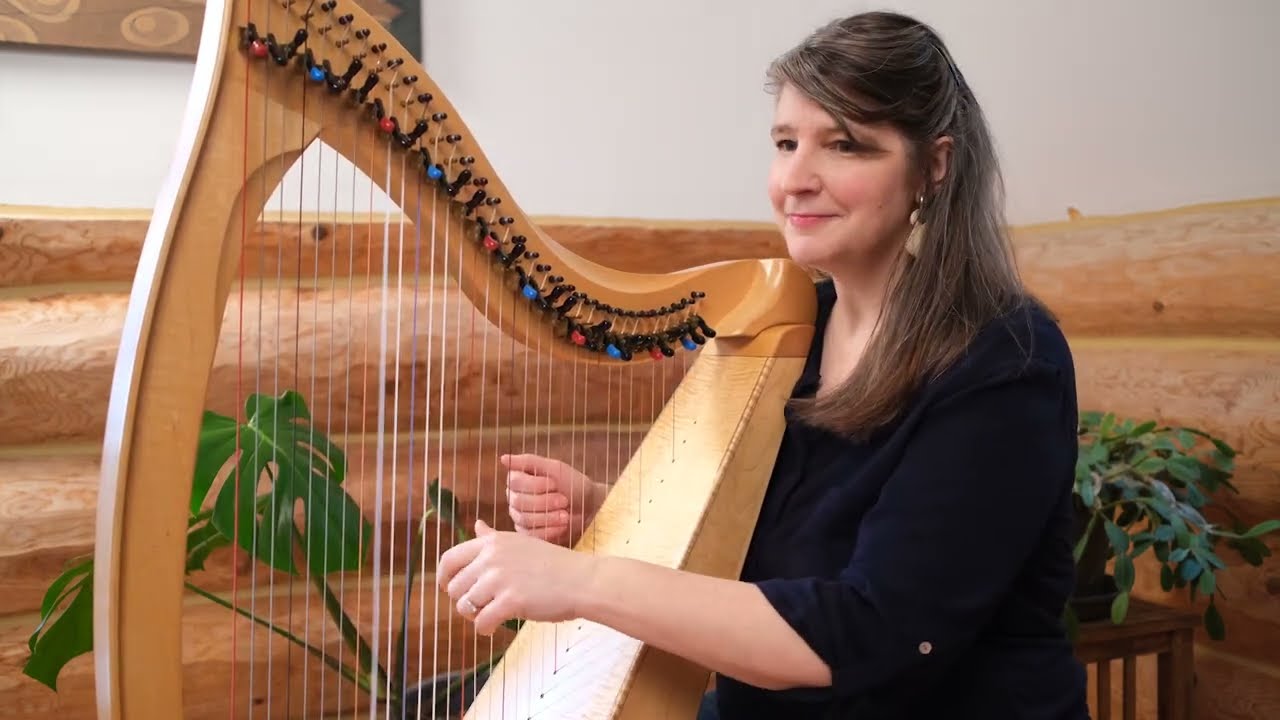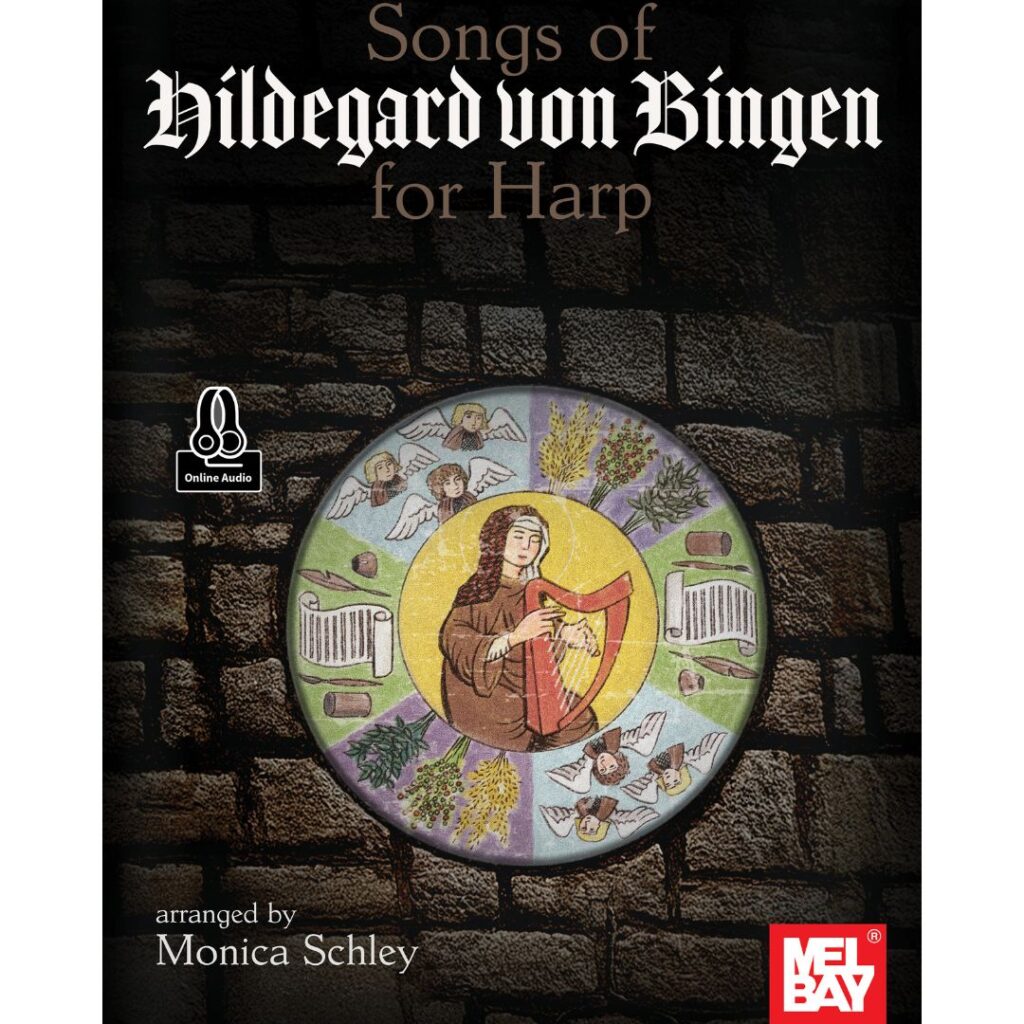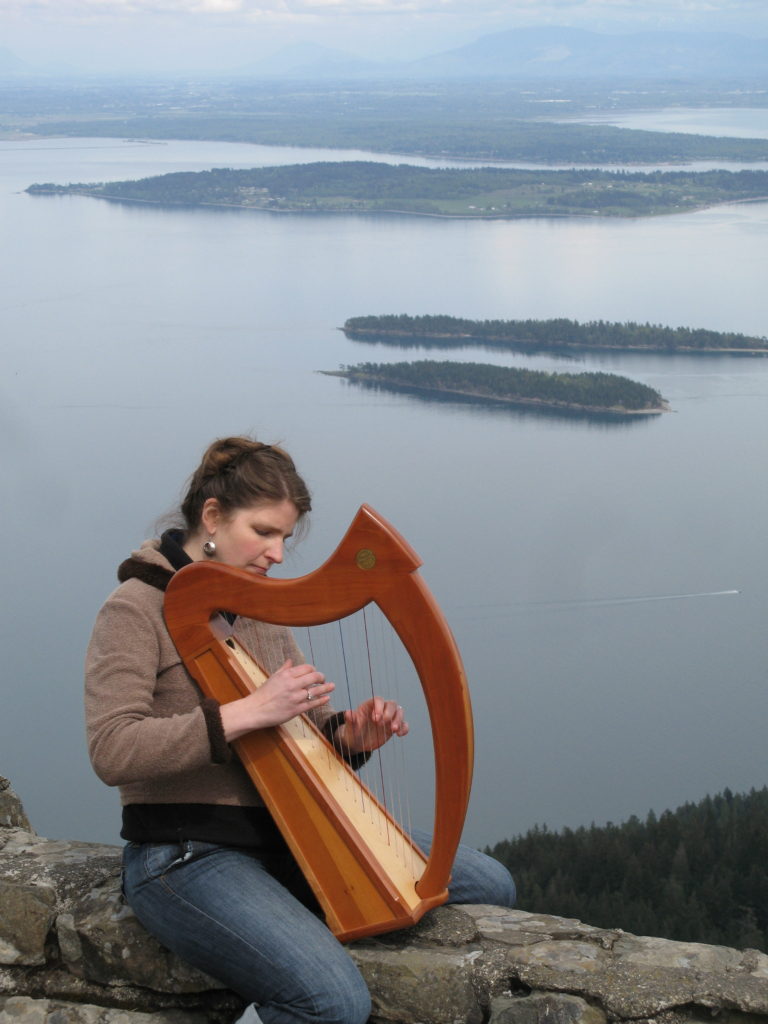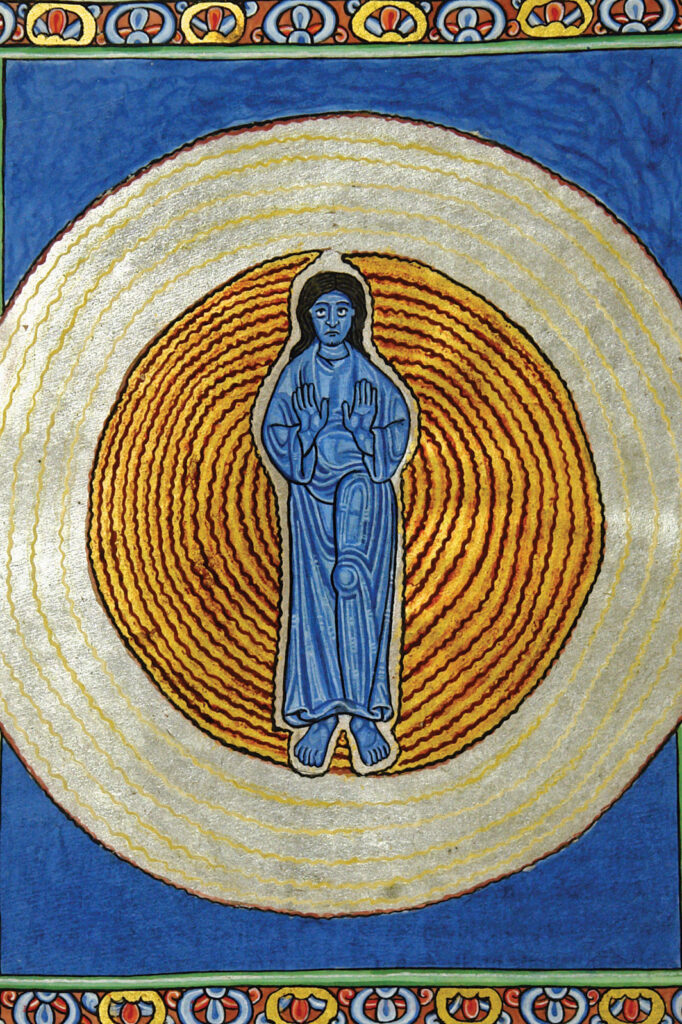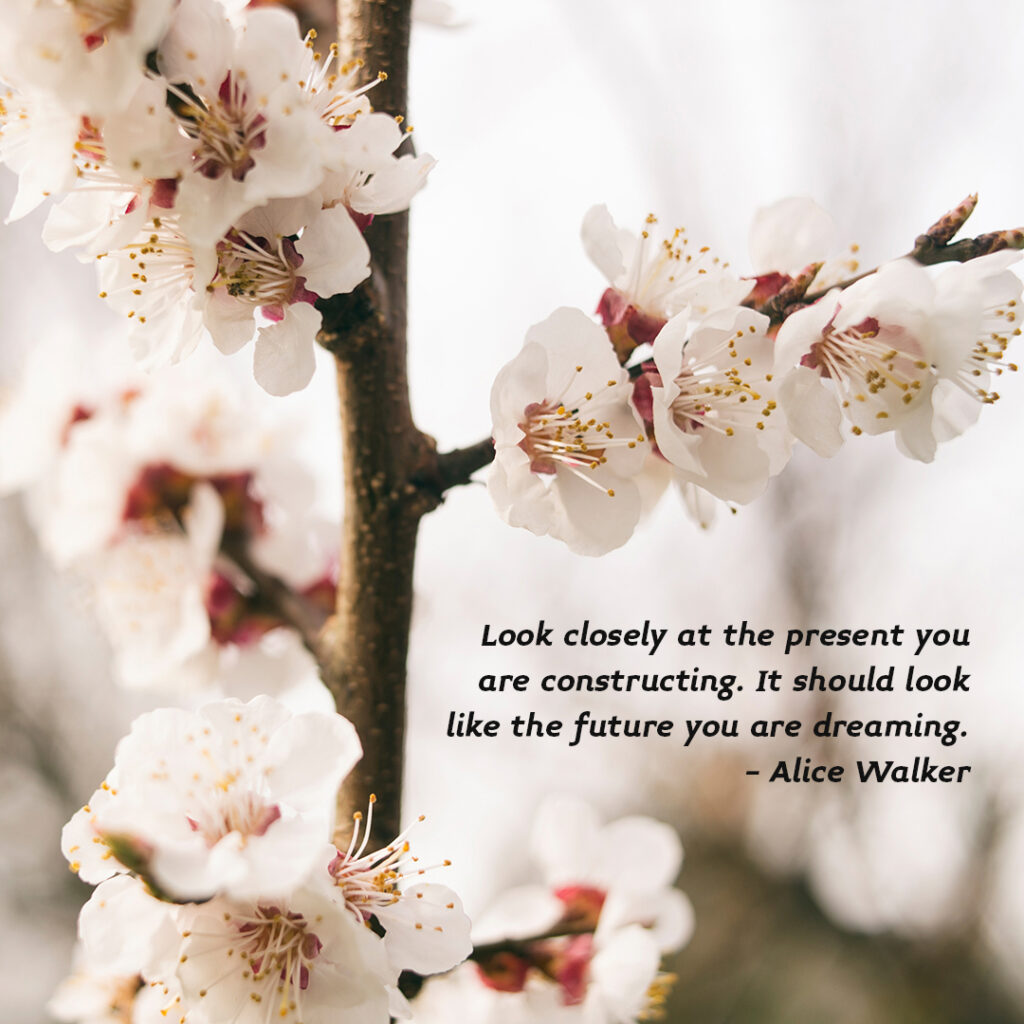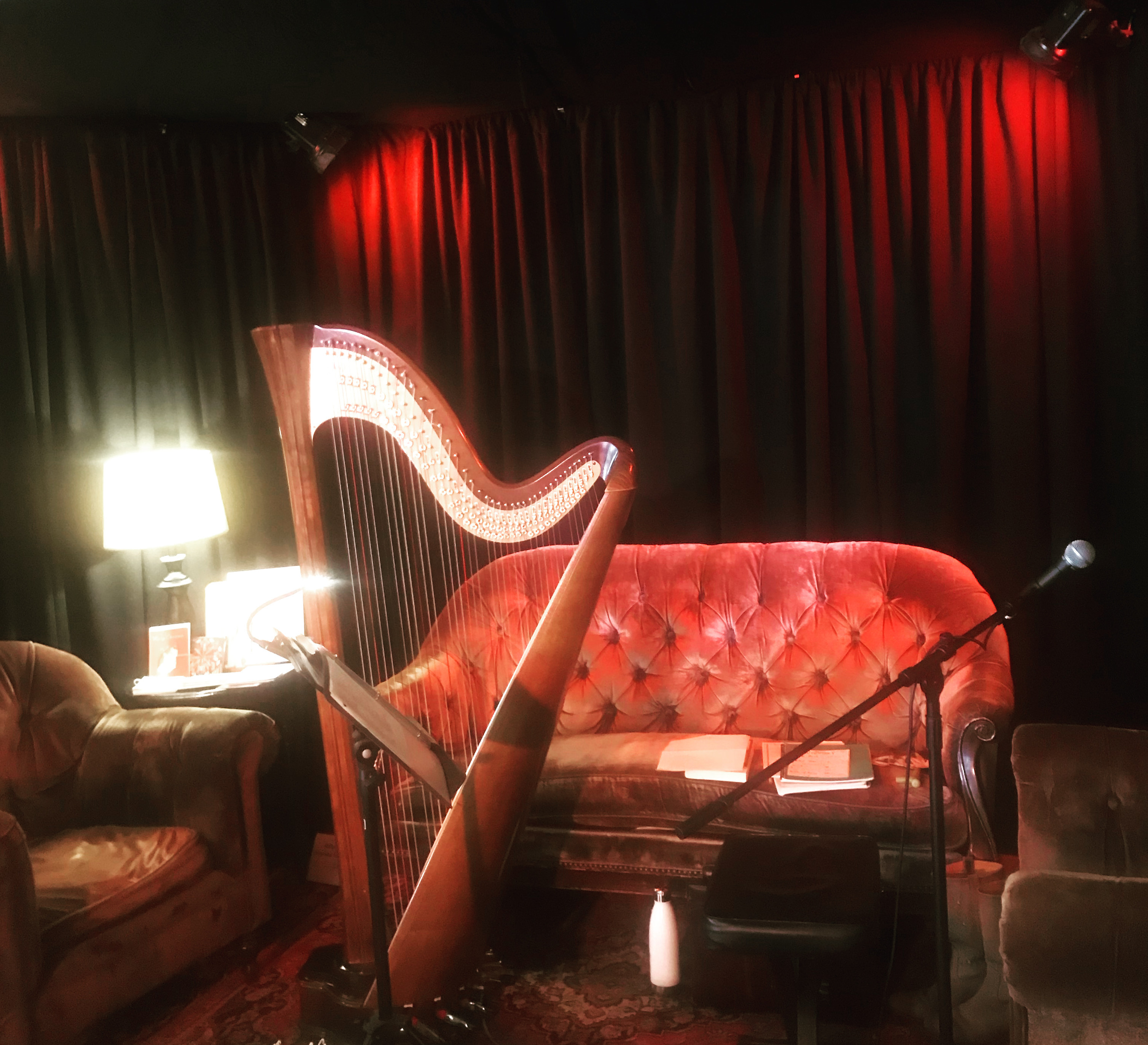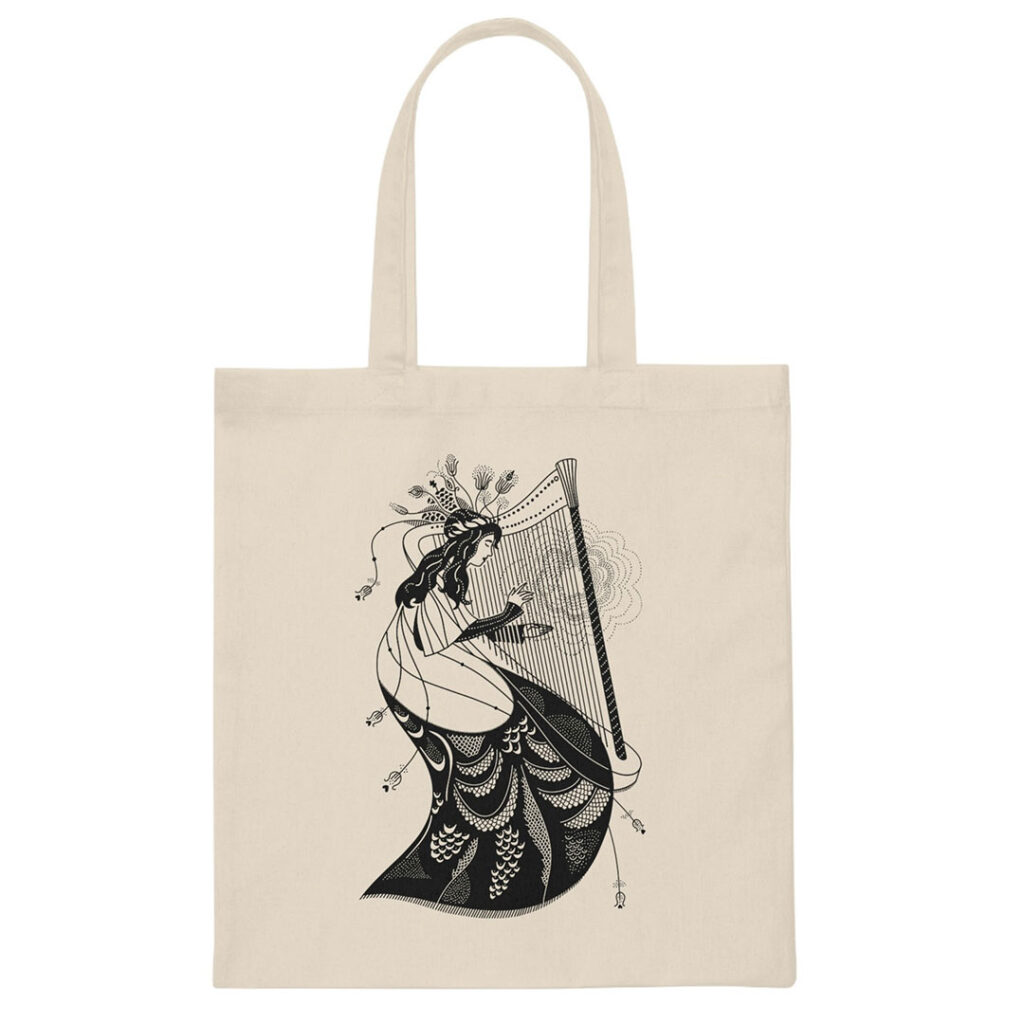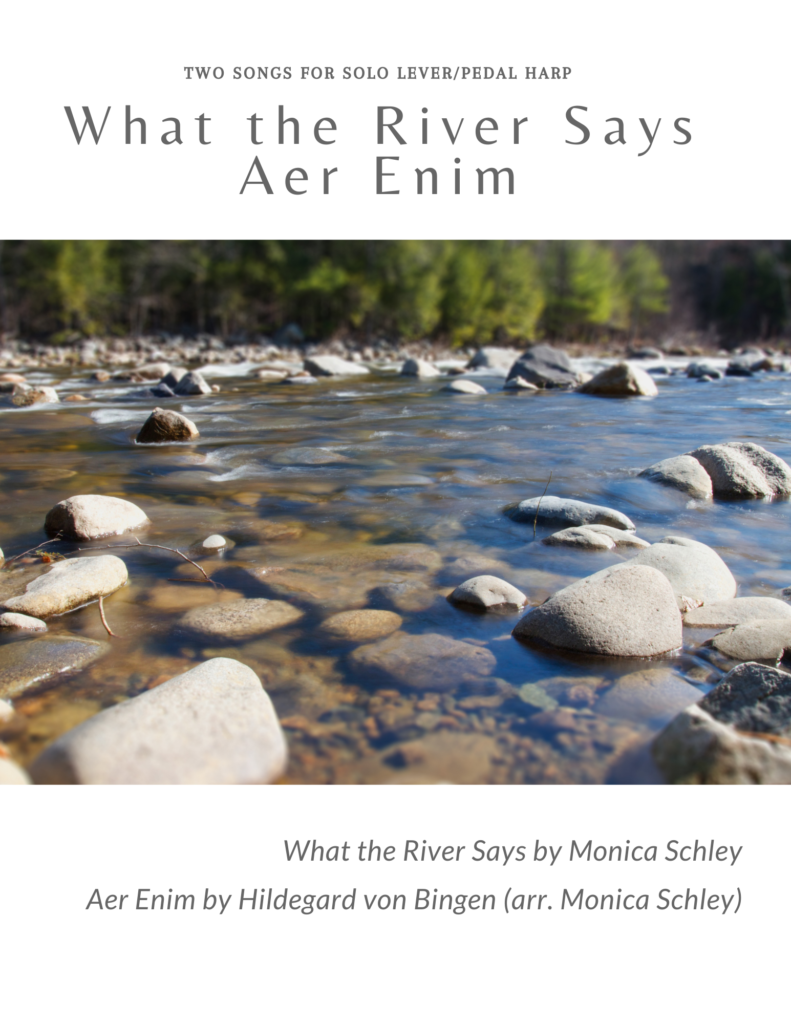For Harp Escape volume 10, I played Fly Me to the Moon, the well-known jazz standard by Bart Howard. Originally, Harp Escape vol. 10 was recorded during quarantine times for a feel-good relaxing offering of harp music. I did a mix of contemporary cover songs, traditional Irish, classical, and this jazz tune.
Harp Escape
Even before the pandemic in 2020, I felt called to offer harp music with a calming intention. The world is full of static and noise, subliminal, and actual. Online. Offline. In our minds and in our streets. Garbage trucks and jackhammers. Nagging conversations and bills. Deadlines and confrontations. Harp Escape is a respite from the chaos. It is an online aural get-away.
Please put on some good headphones and escape the troubles of the outer world, so that you can take care of your inner world.
Circle of 5ths Course
Would you like to learn how to play this song? Take my Udemy course on the Circle of Fifths and learn Fly Me to the Moon.
In this course, Circles of 5ths 2.0, we will learn what the Circle of 5ths is and how to apply it to playing the harp. By the end of the course, you will be able to see how it applies to chord progressions and melodic structure.
Handout resources include a beautifully designed infographic (see below) of the Circle of 5ths created just for this course, a three-finger exercise, a four-finger exercise, an etude called Corinthian Bells, and a harp arrangement of jazz standard Fly Me to the Moon (in easy and intermediate levels).
This course is for you if you are new to the harp, are returning to the harp, are interested in learning theory, want to learn a jazz standards, or want to learn specifically about the Circle of 5ths. This is course is for beginner harp students wanting to learn more, advanced beginners who want to dig deeper into music theory, and intermediate students ready to learn a jazz standard. You will learn how to play chord progressions and songs like “Fly Me to the Moon.”
